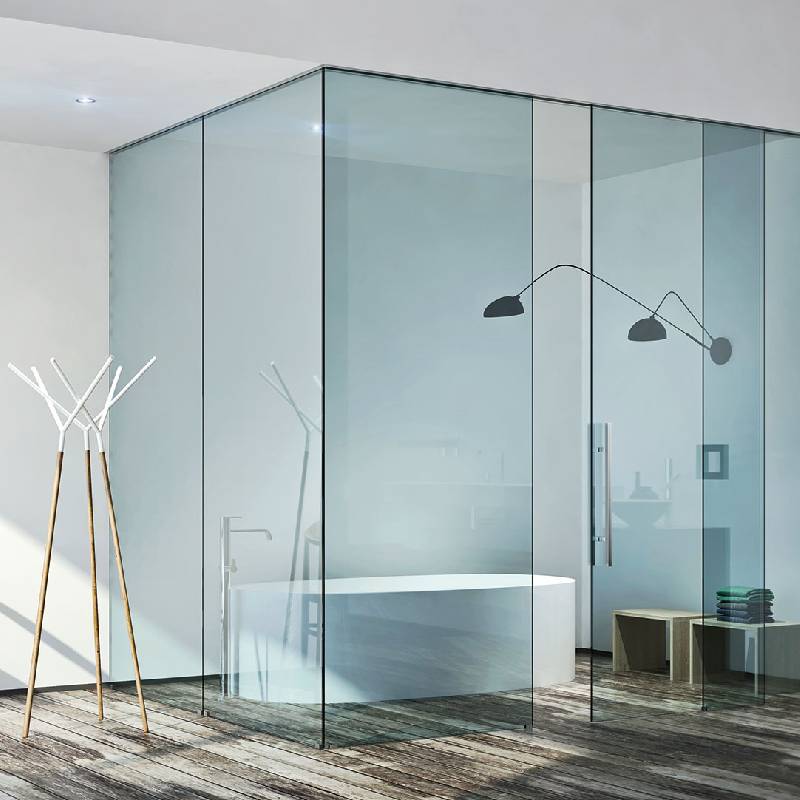

The Importance of Patterned Safety Glass in Modern Architecture
In the field of architecture and construction, safety and aesthetics often go hand in hand, leading to innovative solutions that enhance both the functional and visual appeal of buildings. One such solution is patterned safety glass. This material not only provides an added layer of security and durability but also serves as an artistic expression in modern architecture.
Patterned safety glass is produced through a process known as float glass manufacturing, where molten glass is floated on top of molten tin to create a flat, even sheet. Once the base glass is formed, patterns can be etched, embossed, or printed onto the surface, converting plain glass into a beautiful, functional barrier. The patterns can vary widely, from geometric designs to intricate floral motifs, allowing architects and designers to use glass in creative ways that seamlessly blend with the overall aesthetic of a building.
One of the primary advantages of patterned safety glass is its enhanced strength and safety features. Through the application of heat treatment or lamination, safety glass can withstand impacts that would shatter regular glass. This characteristic is vital in areas prone to extreme weather conditions or high traffic, as it minimizes the risk of breakage and potential injury. Additionally, the presence of a patterned surface can help hide minor scratches and imperfections, maintaining an appealing appearance over time.
The use of patterned glass also promotes privacy without compromising natural light. Many businesses, particularly in urban environments, utilize patterned glass in their facades or interior partitions to prevent outsiders from seeing in while still allowing sunlight to filter through. This balance of privacy and illumination creates comfortable and inviting spaces for occupants while maintaining a visually interesting exterior for passersby. In residential design, patterned glass can be used in bathrooms or bedrooms, providing a stylish alternative to traditional window treatments.

Moreover, patterned safety glass contributes to energy efficiency. With advancements in glazing technologies, glass can now be designed to reflect or absorb heat, improving insulation and reducing energy consumption. Applying patterns to glass can enhance its solar control properties, allowing for better temperature regulation within buildings. This is particularly important in regions with extreme climates, where maintaining a comfortable indoor environment can lead to significant energy savings.
From a design perspective, patterned safety glass offers a myriad of possibilities. It can be used as a feature element in a building's facade, integrated into handrails, or utilized in skylights and partitions. These applications not only serve structural purposes but also add depth and richness to the overall architectural narrative. Custom patterns can be developed to reflect the cultural or historical context of a building, making each project unique and reflective of its environment.
Safety regulations also advocate for the use of patterned safety glass in certain applications. Building codes in many regions require safety glazing in locations where there is a risk of human impact, such as near doors, windows, or low glass panels. Using patterned safety glass can fulfill these legal requirements while providing an opportunity for artistic expression and design innovation.
In conclusion, patterned safety glass is a multifaceted material that enhances the safety, function, and aesthetics of modern architecture. Its ability to blend artistic design with practical safety features makes it a preferred choice among architects and designers. As we continue to push the boundaries of architectural design, the use of patterned safety glass will undoubtedly play a pivotal role in shaping the built environment, creating spaces that are not only safe and functional but also visually compelling. Whether in large commercial buildings or intimate residential spaces, this innovative material is a testament to the fusion of beauty and utility in contemporary design.